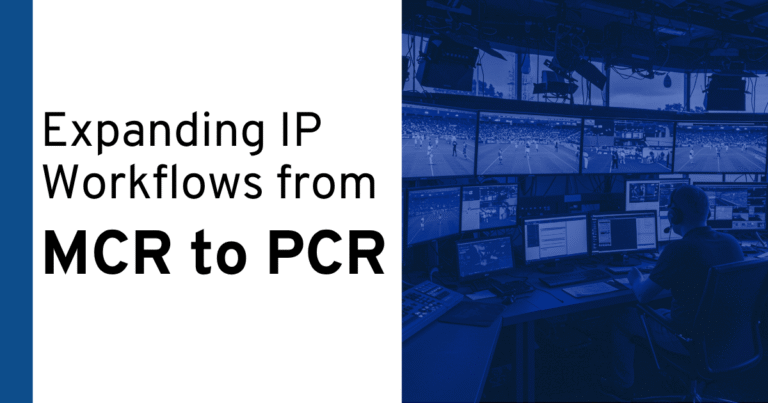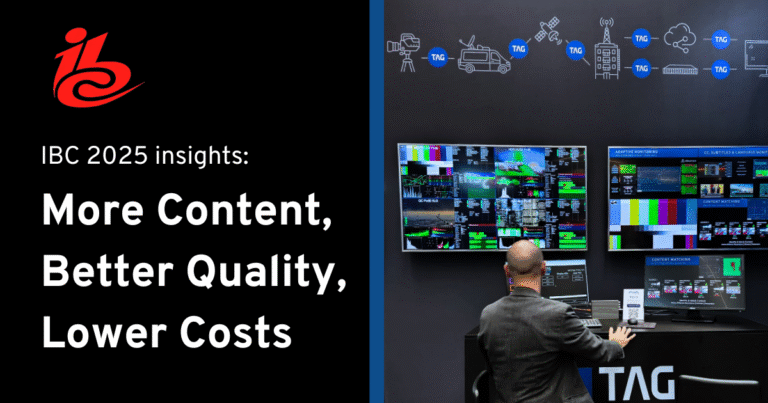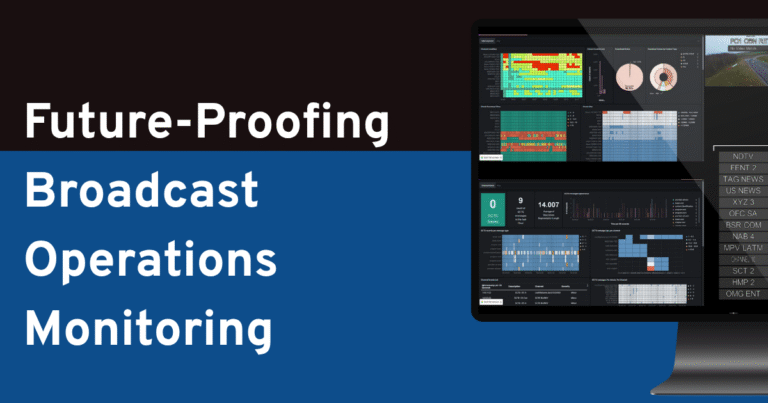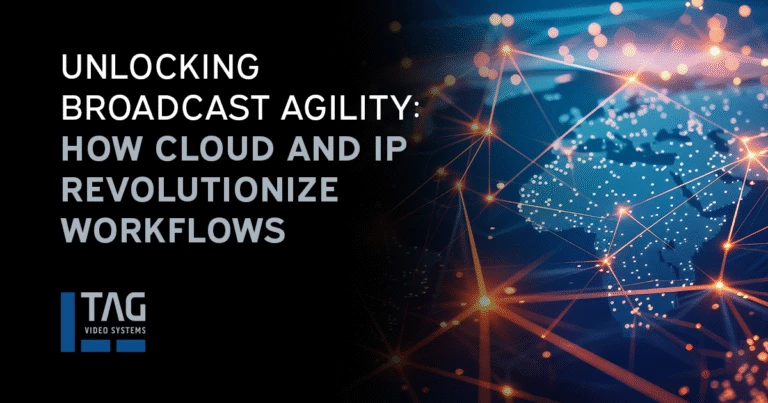In the hybrid environments emerging today as a popular choice for cloud adoption, broadcasters and other media organizations are using a mix of cloud resources with on-prem hardware and methodologies to address their technical and business requirements. This shift can be transformational for a media organization when planned and executed well.
By shifting key processes and workflows to the cloud, broadcasters, content providers, and distribution and delivery service providers can move away from the constraints of traditional hardware-dependent systems and take advantage of greater resource availability and scalability. They can leverage familiar, consistent automation tools powered by data-driven decision-making to streamline workflows and simplify their operations.
Given the value of these capabilities in a rapidly changing and intensely competitive landscape, one might expect that a full cloud migration lies in every media organization’s future. For many businesses, however, a pure departure from on-premises operations is unlikely. As the industry moves forward, hybrid approaches offer the various rewards broadcasters and media companies seek from the cloud, as well as benefits that can be derived from using systems and workflows situated on-premises.
Why Hybrid Is Winning
Adoption of cloud-based solutions involves numerous considerations across a media organization, and the hybrid approach allows each business to balance those considerations and pursue a strategic path toward more efficient and agile operations.
Employing Existing Resources
One reason hybrid environments will dominate going forward is that media organizations worldwide have already invested in on-prem hardware and infrastructure, both SDI and IP, that currently support familiar and functional workflows. And, when processes or workflows are migrated to the cloud, it is typically an incremental undertaking, not a wholesale replacement of existing systems. In many cases, the business will identify an ideal or opportune use case for a cloud-based solution and begin the shift there.
Minimizing Risk and Reducing Impact
When the time comes to integrate and implement a cloud-based solution, some businesses choose to begin with an on-premises deployment. To maintain control, minimize risk, optimize the system, and provide time and opportunity for internal teams to learn, they may test or even maintain the cloud-based system within a private cloud run on their own infrastructure.
Further requirements that might affect the decision to take a process or service to the cloud include augmenting staff and tools to support this transition, dedicating time and resources to training, investing resources in integration of existing systems with cloud-based solutions, and potentially re-architecting existing applications for the cloud environment. For some applications, it’s simply more desirable to maintain audio and video locally rather than in a remote virtual environment.
Businesses that choose to run software-centric solutions in the public cloud rather than on premises can eliminate hardware infrastructure and associated maintenance costs while reducing administrative costs. Working with a major cloud provider, they also gain access to robust data security measures, such as data encryption, access controls, and built-in redundancy, that protect both content and customer data.
Tapping Into Cloud Strengths
The cloud commonly brings advantages such as improved productivity and the ability to adapt and innovate with relative speed, but these well-known benefits must be balanced against potential performance and cost issues, and their impact on different use cases. Thus, broadcasters may opt to shift lower-value services to the cloud first and then follow with higher-value or higher-visibility offerings if the model delivers compelling operational and economic benefits.
Once a workflow or operation is established in the cloud, broadcasters and media organizations can automate manual tasks and leverage AI and machine learning to optimize content production and distribution. To support those workflows, they can scale compute resources up and down at will to address peaks in demand or enable new business opportunities. Rather than overprovision or underutilize resources, businesses working in the cloud can use and pay for just the compute resources they need.

How to Optimize Hybrid
There is no one-size-fits-all way to implement cloud-based solutions in a hybrid model. At various media organizations, different systems and devices are integrated across ground and cloud to support critical workflows and services. Within this complex environment, advanced monitoring systems help to ensure that, even across a wide array of broadcast tools and software, an organization can maintain essential probing, monitoring, visualization, and data-driven decision-making capabilities.
The 100-percent software, IP-native TAG Realtime Media Platform does just that, making it easy for media organizations to streamline workloads and improve operational efficiency while maintaining a pristine user experience. Regardless of deployment model, be it on-premises, hybrid, or cloud, the TAG platform delivers the same performance and functionality.
Supporting all ground and cloud formats, the TAG platform creates a holistic ecosystem for monitoring and management of all streams by providing deep probing and analysis within a user-friendly interface, as well as extensive user-defined notifications. Analyzing vast quantities of data to identify systemic issues and detect repetitive errors, it provides insights that aid organizations in consistently delivering outstanding content. As a result, broadcasters can monitor content with fewer resources, reducing their operational costs even as they improve productivity.
Enabling dynamic resource allocation on demand, the scalability of AWS cloud further optimizes monitoring and management processes. In combination with AWS services, the TAG platform’s probing and monitoring capabilities allow broadcasters and other media organizations to automate the protection switching of video content based on any set of defined thresholds.
The Journey Ahead
As media organizations move to leverage the cloud and software-centric, IP-based solutions in hybrid environments, advanced monitoring plays a critical role in enabling both operational efficiency and a high standard for viewer experiences.
If your business is embarking on this journey, and you’re interested in how the TAG Realtime Media Platform can help you achieve your operational and business goals, let’s talk!





